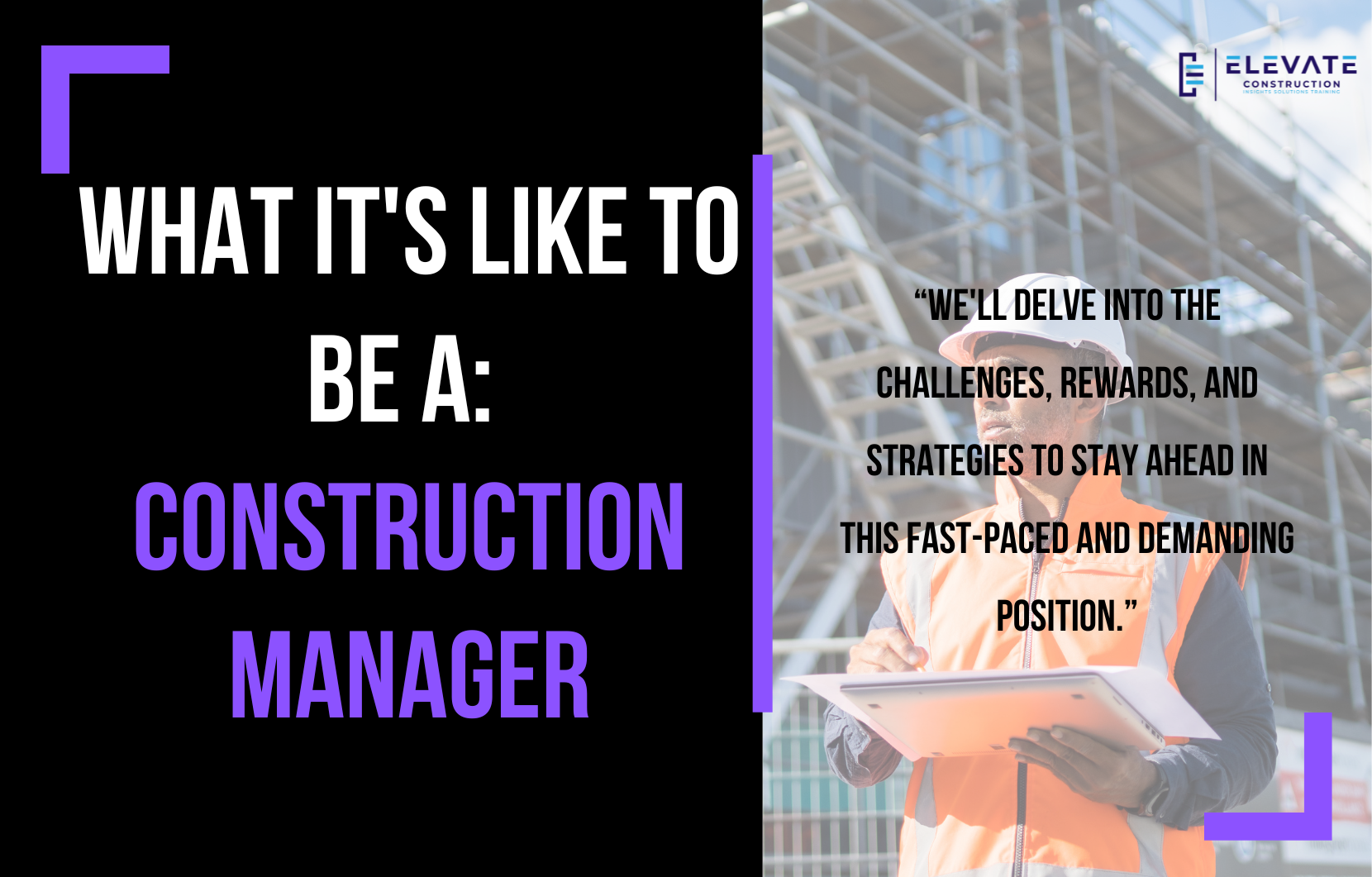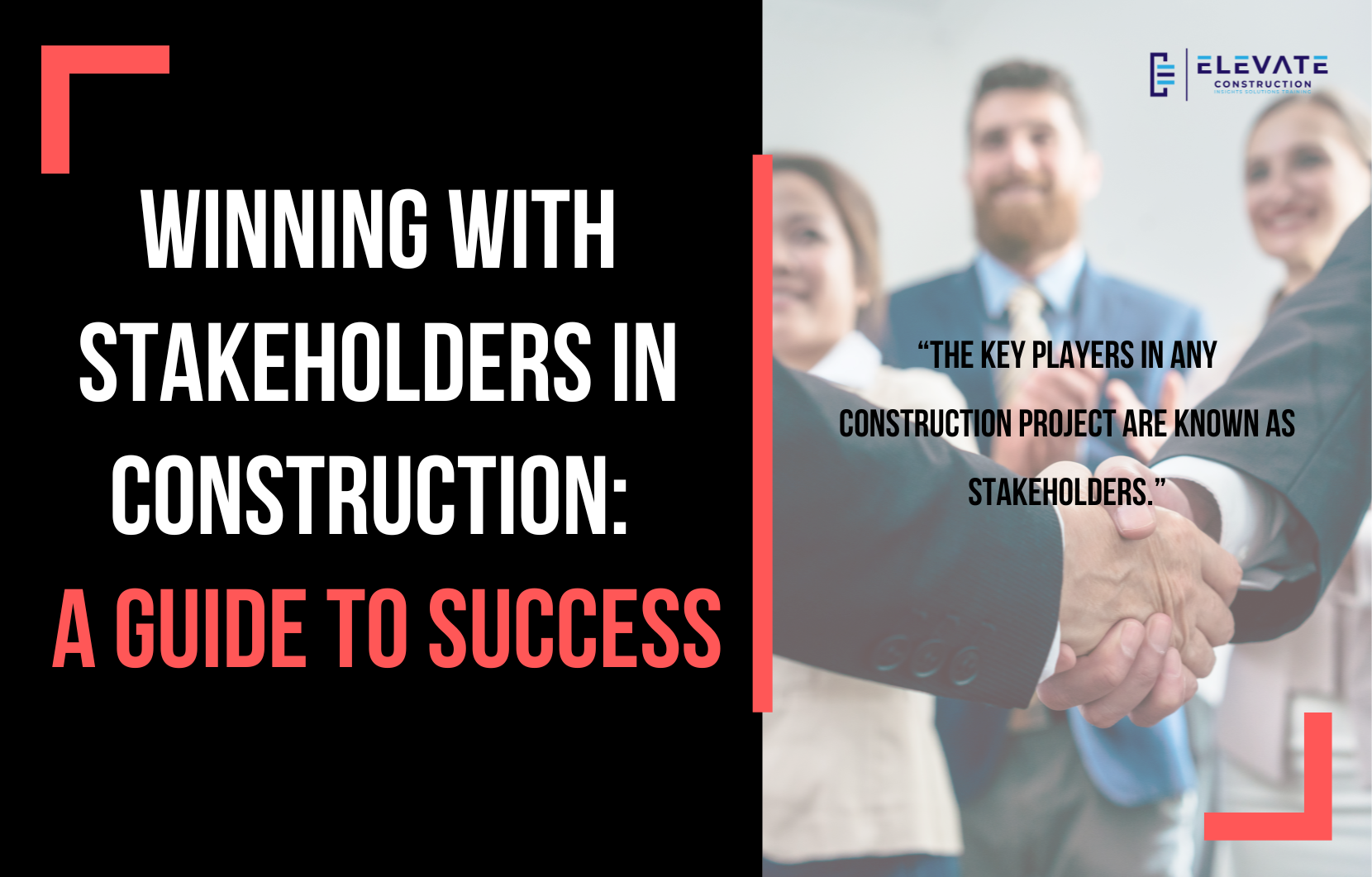If you’re considering a career as a construction manager or currently in the role, you might be curious about the highs and lows that come with it. In this blog post, we’ll delve into the challenges, rewards, and strategies to stay ahead in this fast-paced and demanding position.
The Frustrations: What Getting Behind on a Project Feels Like being a construction manager isn’t always smooth sailing. When projects fall behind, the weight of responsibilities can feel overwhelming.
Here’s a glimpse into the frustrations you might encounter:
Overwhelming Load: The feeling that the project’s demands are too much to bear.
Unsatisfied Owners: Struggling to make the project owner happy, regardless of your efforts.
Constant Reaction Mode: Always playing catch-up, responding to emergencies and feeling behind the curve.
Victim Mentality: Feeling chained to emails, communications, and tools, rather than in control of them.
Work-Life Imbalance: Long hours and sacrificing family time due to the pressure of catching up.
The Rewards: What Staying Ahead of a Project Feels Like on the flip side, when you manage to stay ahead, the rewards are significant:
Time for Planning: Having ample time to plan and prepare for the project, avoiding last-minute surprises.
Organized Team: A well-organized team and plan, allowing for effective communication with clients and owners.
Stability: Feeling stable even when emergencies occur, thanks to a smoothly running project.
Controlled Communications: Using emails and communication tools strategically, rather than being a slave to them.
Work-Life Balance: Spending quality time with the project team, building a positive work environment, and achieving a balance between work and family life.
Strategies for Success: Three Key Methods
To transition from frustration to rewards, construction managers can implement three key strategies:
Importance of Planning: Allocate sufficient time for project planning—about one-third of the overall project duration. Projects don’t go wrong; they start wrong. Planning is crucial for success.
Continuous Training: Invest in training regularly to stay updated with industry advancements and enhance problem-solving skills. Aim for at least 80 hours of training per year.
Using Lean Systems: Embrace lean construction principles, such as tact planning, last planner, and scrum. Learn from resources like “This is Lean” by Nicholas Modig and Par Olstrom and “The Goal” by Eli Goldratt.
Key Experiences of a Successful Construction Manager
When you implement these strategies, you’ll notice significant changes in your experience as a construction manager:
Feeling Like a General: Embracing a leadership role, planning effectively, and conquering challenges with passion.
Project Team as Family: Developing a strong bond with your project team, feeling like a second family.
Creative Control: Enjoying the ability to create and shape your project environment, much like playing Minecraft.
Constant Challenge: Finding fulfillment in the constant challenges, making work interesting and dynamic.
Pride in Achievements: Being proud of the people and structures you’ve built, leaving a lasting impact.
Learn More with Additional Resources
For further insights and a visual representation of these concepts, check out the [linked blog post](insert link here). Whether you’re a seasoned construction manager or aspiring to enter the field, these strategies and experiences can guide you toward a fulfilling and successful career in construction management. If you have any questions or need additional resources, feel free to comment below for personalized guidance. Here’s to mastering the art of construction management and enjoying a rewarding career!
If you want to learn more we have:
-Takt Virtual Training: (Click here)
-Check out our Youtube channel for more info: (Click here)
-Listen to the Elevate Construction podcast: (Click here)
-Check out our training programs and certifications: (Click here)
–The Takt Book: (Click here)
Discover Jason’s Expertise:
Meet Jason Schroeder, the driving force behind Elevate Construction IST. As the company’s owner and principal consultant, he’s dedicated to taking construction to new heights. With a wealth of industry experience, he’s crafted the Field Engineer Boot Camp and Superintendent Boot Camp – intensive training programs engineered to cultivate top-tier leaders capable of steering their teams towards success. Jason’s vision? To expand his training initiatives across the nation, empowering construction firms to soar to unprecedented levels of excellence.
On we go!






